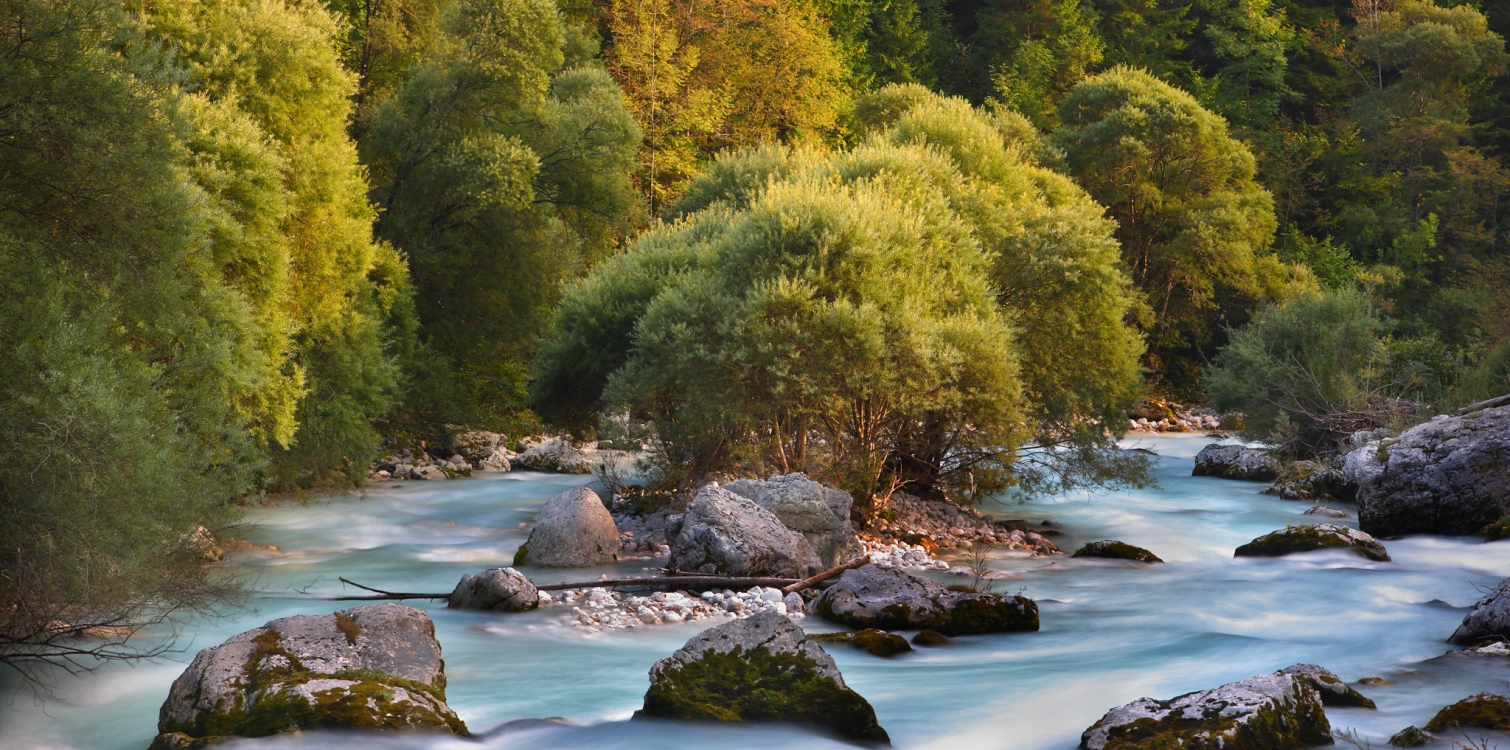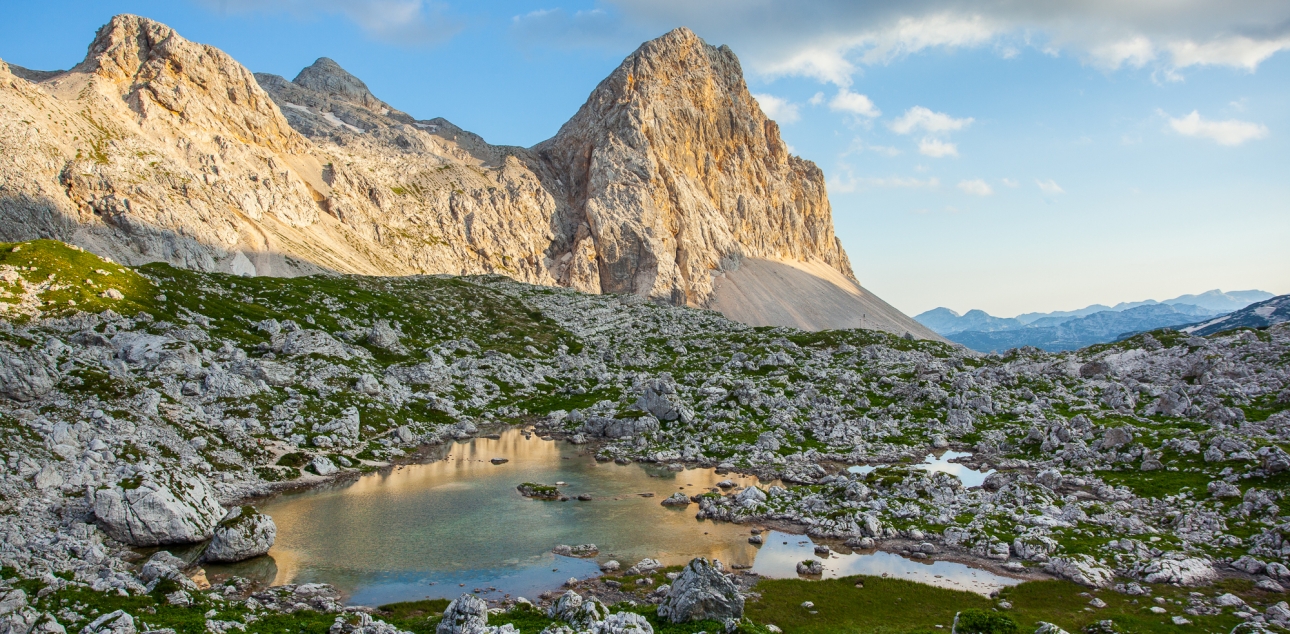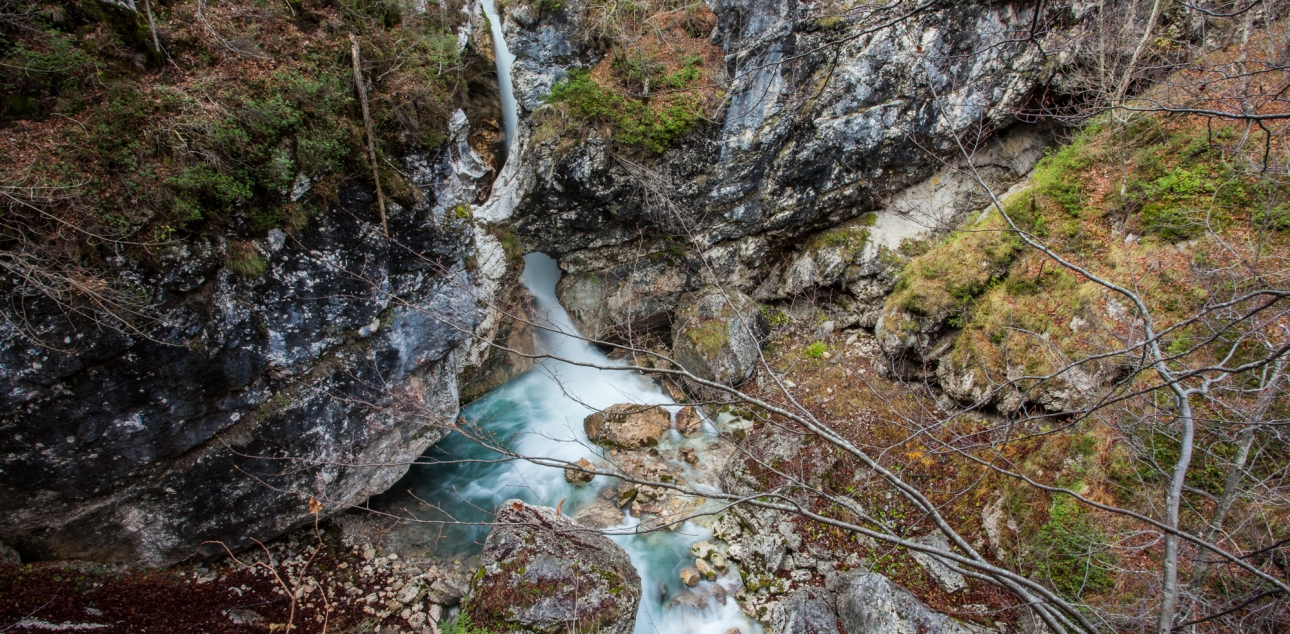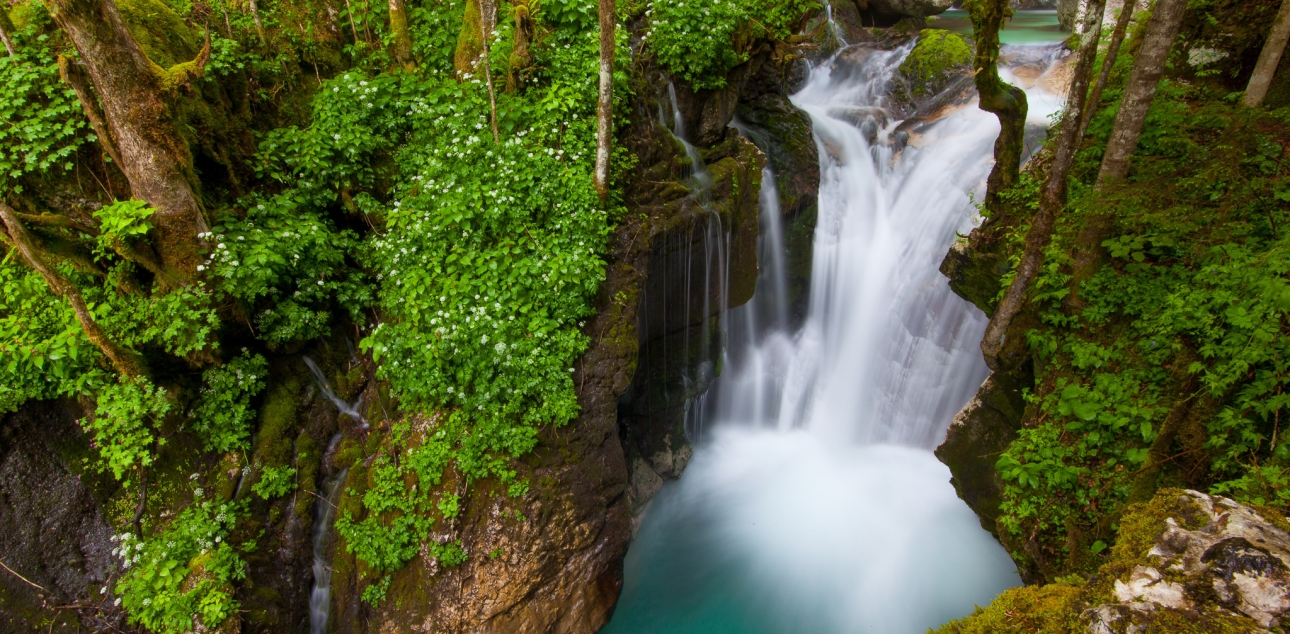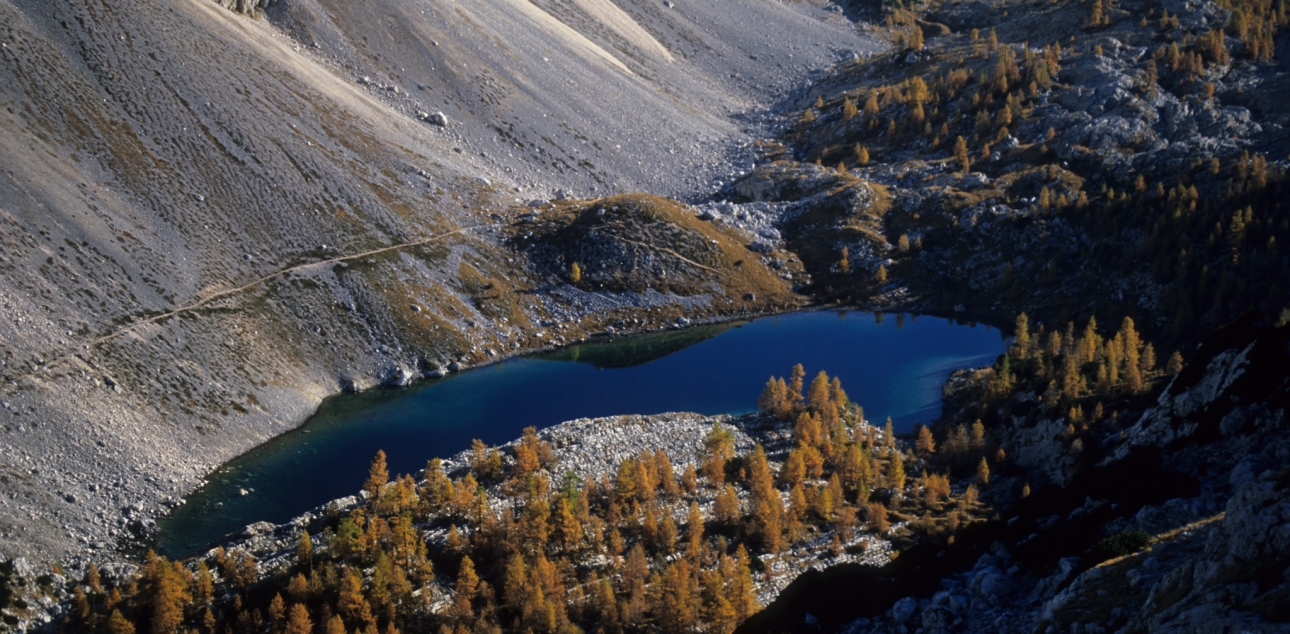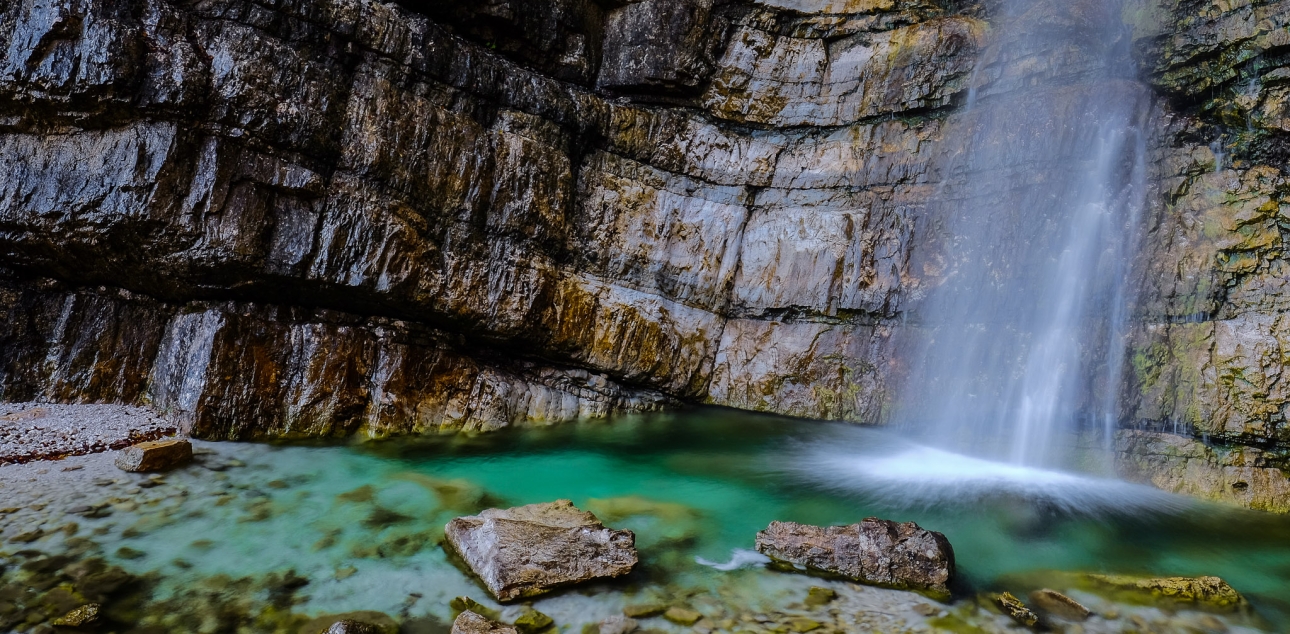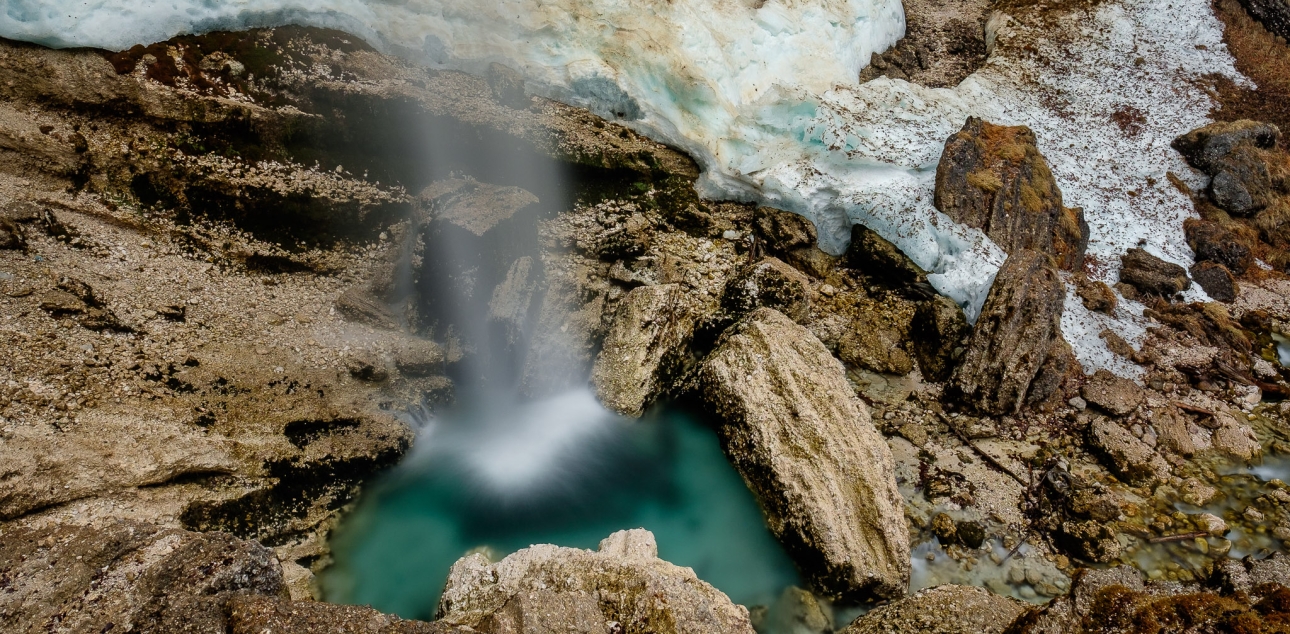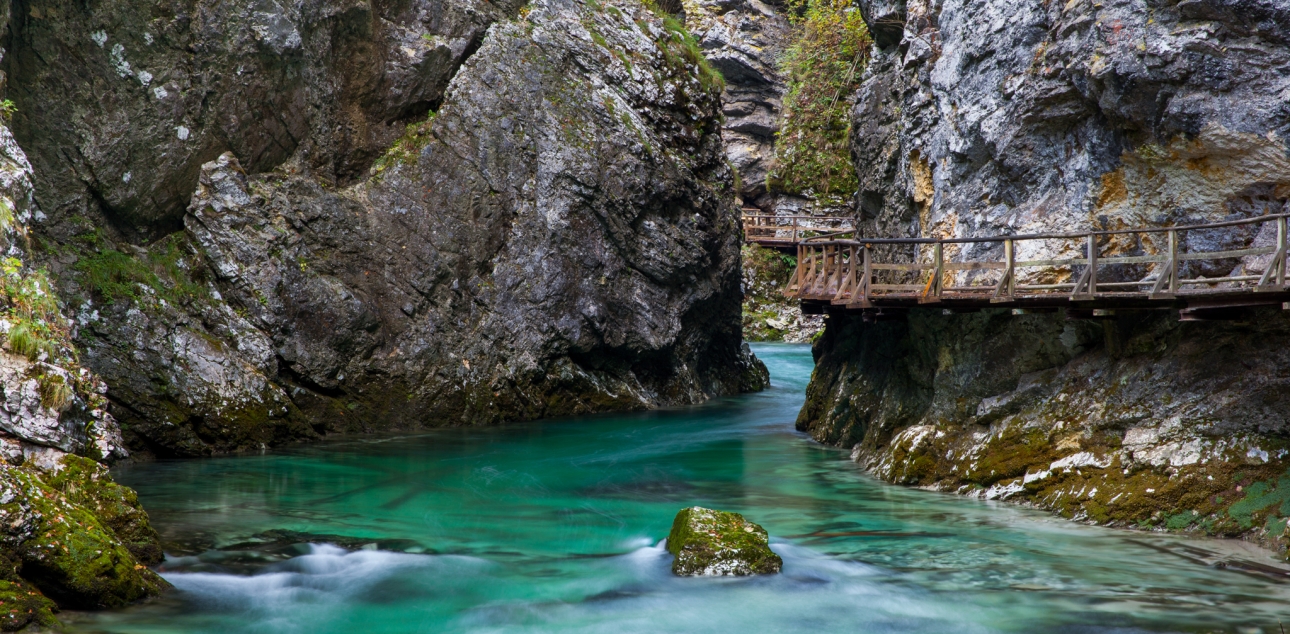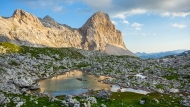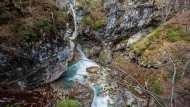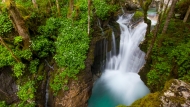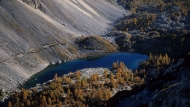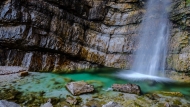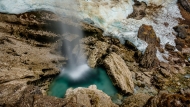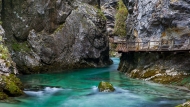In the form of seas, water created our mountains, shaped them through glacial and fluvial action, and continues to modify Earth’s surface as we speak.
Since biodiversity conservation inside the Park and in its surrounding areas is one of the primary objectives of the Triglav National Park Public Institute, our activities are focused on raising the awareness of the public on the importance of preserving clean water in all its forms: Water sources, water for settlement, current threats to water.
Water is a source of life and its integral element ensuring survival for all living organisms. Water ecosystems are home to countless organisms and serve as the source of drinking water. Despite its karst relief, the Triglav National Park offers a wealth of water and diverse land forms. In the area there are more than 250 springs, the only alpine lakes in Slovenia, Slovenia’s greatest natural lake, alpine rivers and streams, wetlands and bogs.
The mountains of the Triglav National Park are a reservoir of drinking water for thousands of Slovenian inhabitants. Protection of water sources and ecosystems is a task which is important to all people on this planet. Only through careful and respectful behaviour we will protect these waters for us and for the future generations.
Did you know?
- The Triglav National Park ranks among the most watered areas in Slovenia and Europe. The average precipitation level is highest in the western part of the park and amounts to about 3000 mm/m2.
- The park is home to over 250 large and small springs. They are habitats of organisms that thrive in clean waters. Many springs are also a source of drinking water.
- Alpine lakes are the pearls of the Triglav National Park. Mostly small water areas, lakes are highly sensitive to any changes in the environment. No bathing is allowed in these lakes.
- Two important European rivers, the Sava and the Soča, take their source in the Triglav National Park. The Soča flows into the Adriatic Sea, and the Sava drains into the Black Sea. The dividing line between the two watersheds runs through the heart of the Triglav National Park.
- Raised bogs are a special water ecosystem. They are extremely rare in Slovenia and deserve a special protection status. Raised bogs can support plants adapted to harsh living conditions.

